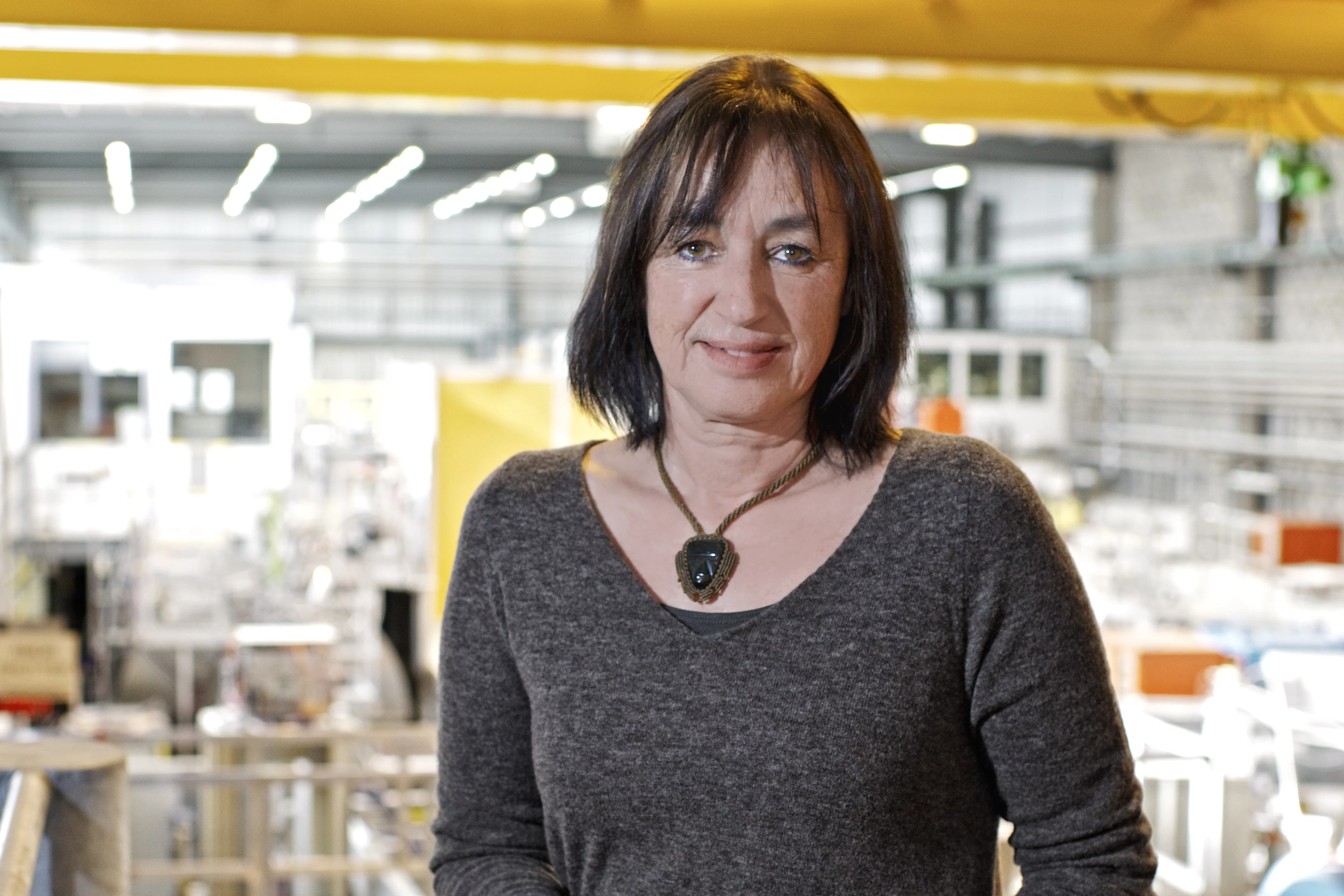The project funded is to investigate how metallic materials behave under complex strain and thus yield clues for the development of improved materials.
Helena Van Swygenhoven, materials researcher at the Paul Scherrer Institute and professor at the Swiss Federal Institute of Technology in Lausanne (EPFL), has been awarded an ERC Advanced Grant. This prestigious EUR 2.5 million grant from the European Research Council will enable Van Swygenhoven to launch the new research project MULTIAX, under which she will investigate what happens in metallic materials if the strain occurs in different directions or changes during deformation. These questions could not be clarified using previously available methods and are for instance important for the production processes for car parts.. Furthermore, the project will also develop new methods that can be used to study materials at large research facilities, such as the neutron source SINQ or the Swiss Light Source at the PSI. These methods will be accessible to experts from research and industry and provide key insights that will enable the development of optimised materials.
Understanding metallic materials – developing better materials
Metals have been used for millennia and even today it is not possible to imagine machine parts or cars without them. And yet there are still many unanswered questions surrounding the processing of metallic materials relevant for industrial production – such as deformation mechanisms, which are crucial in pressing car parts from sheet metal. The new project MULTIAX conducted by Helena Van Swygenhoven and her team will focus on the questions: how does a metal behave if the strain direction is suddenly changed? And why does it behave like this? Such questions are everyday concerns in the production of metallic components.
Studying metal under stress on different scales
Van Swygenhoven has received an ERC Grant from the European Research Council for the project – a prestigious EUR 2.5 million research grant that supports particularly outstanding projects. The aim of the research project will be to study the behaviour of metal if it is stretched in different directions and the strain paths change. One standout feature of the project is that the behaviour is to be studied on three different length scales – from the smallest, where the atomic structure will be observed, to the largest, where entire metal parts are to be examined. “Only by studying the processes separately on different scales can you end up with a complete picture of what goes on in the material,” stresses Van Swygenhoven. “One particular challenge will be to develop a tiny device that can be used specifically to subject small samples to the right strain and enable us to study the processes on a miniscule scale.”
Observing internal changes while they happen
In the experiment, the materials are to be stressed while being studied in situ with neutrons from the neutron source SINQ or synchrotron light from the Swiss Light Source. This means that, to a certain extent, how the inner structures change can be observed ”live”. Based on this information, researchers will then be able to optimise computer programmes, which will enable to predict the behaviour of new metallic materials.
A double gain
Van Swygenhoven’s group has many years of experience in the field of materials research, especially with in-situ studies of metallic materials and combining experimental results with computer simulations. A total of seven people are to be employed using the ERC Grant – two experienced researchers as postdoctoral students, four doctoral students and one technician. Two researchers will focus on computer simulations; the rest will organise and conduct the remaining experiments. Ultimately, the project should yield a double gain: firstly, insights into the deformation mechanisms in metals; secondly, novel experimental equipment for large research facilities, which will be available to researchers from other scientific institutes and industry.
Professor despite baby break
Helena Van Swygenhoven was born in Belgium and studied physics at the Vrije Universiteit Brussel (VUB) in Brussels. She performed her doctoral research in the field of materials science. She moved to Switzerland in 1989, where she initially took some time off from her research work to devote herself to her two children. A Marie Heim Vögtlin Grant from the Swiss National Science Foundation enabled her to return to science in 1991. Van Swygenhoven currently heads the research group “Materials Science and Simulations” at the Paul Scherrer Institute and is a professor at ETH Lausanne (EPFL), where she runs the new “Neutrons et Rayons X en Mécanique des Materiaux” laboratory.
Text: Paul Piwnicki
About PSI
The Paul Scherrer Institute develops, builds and operates large, complex research facilities, and makes them available to the national and international research community. The Institute's own key research priorities are in the investigation of matter and material, energy and the environment; and human health. PSI is Switzerland's largest research institution, with 1500 members of staff and an annual budget of approximately 300 million CHF.

